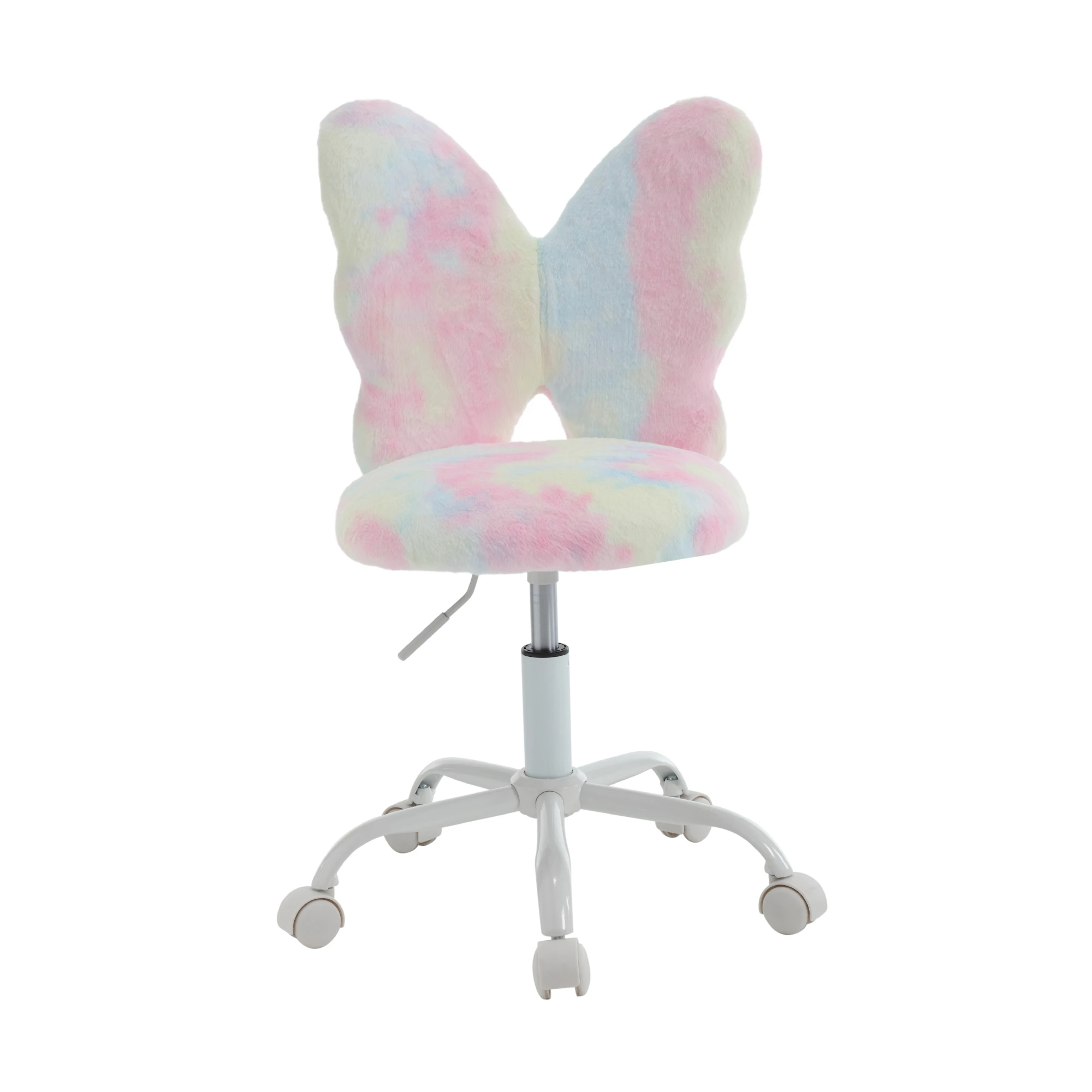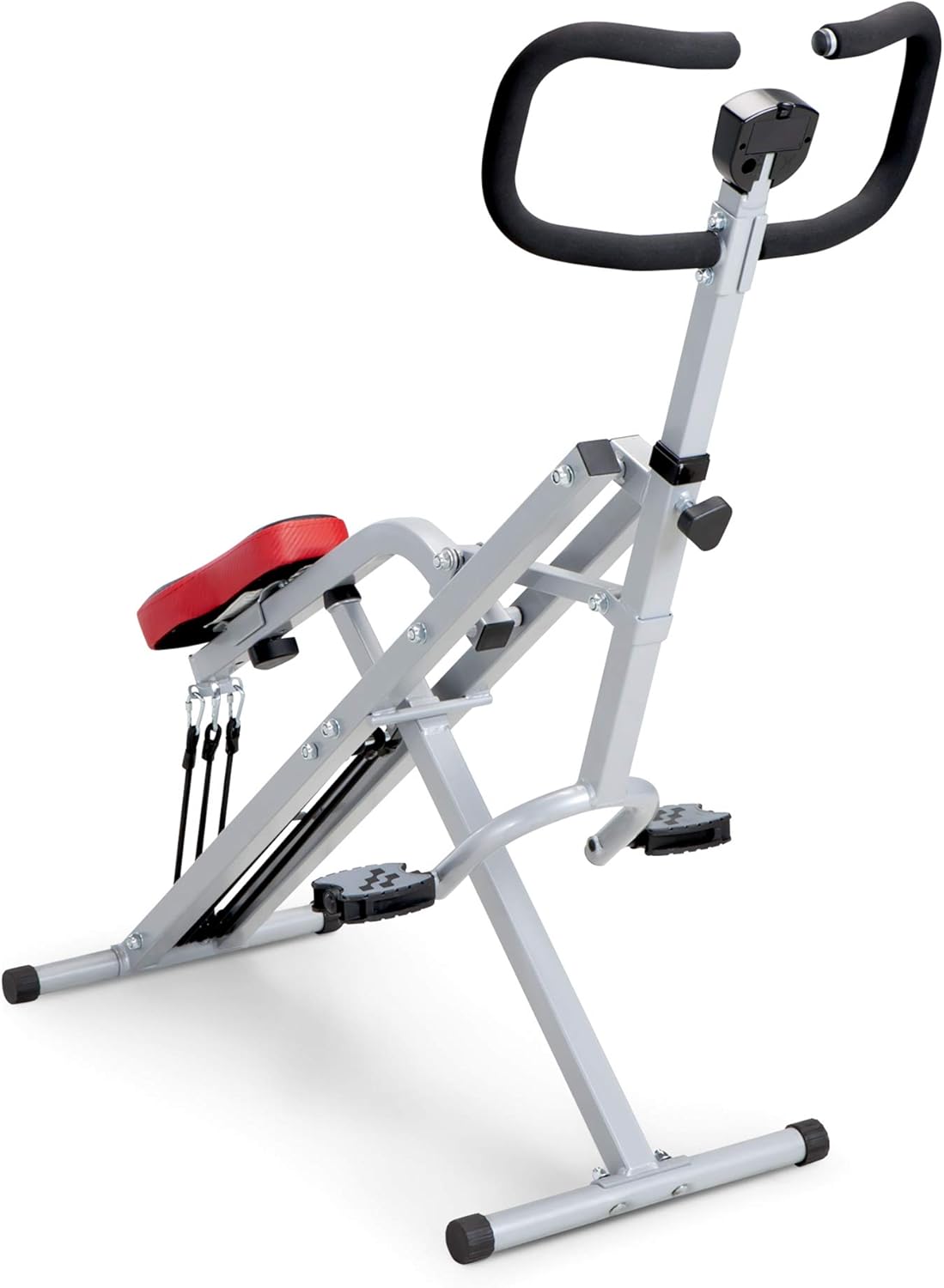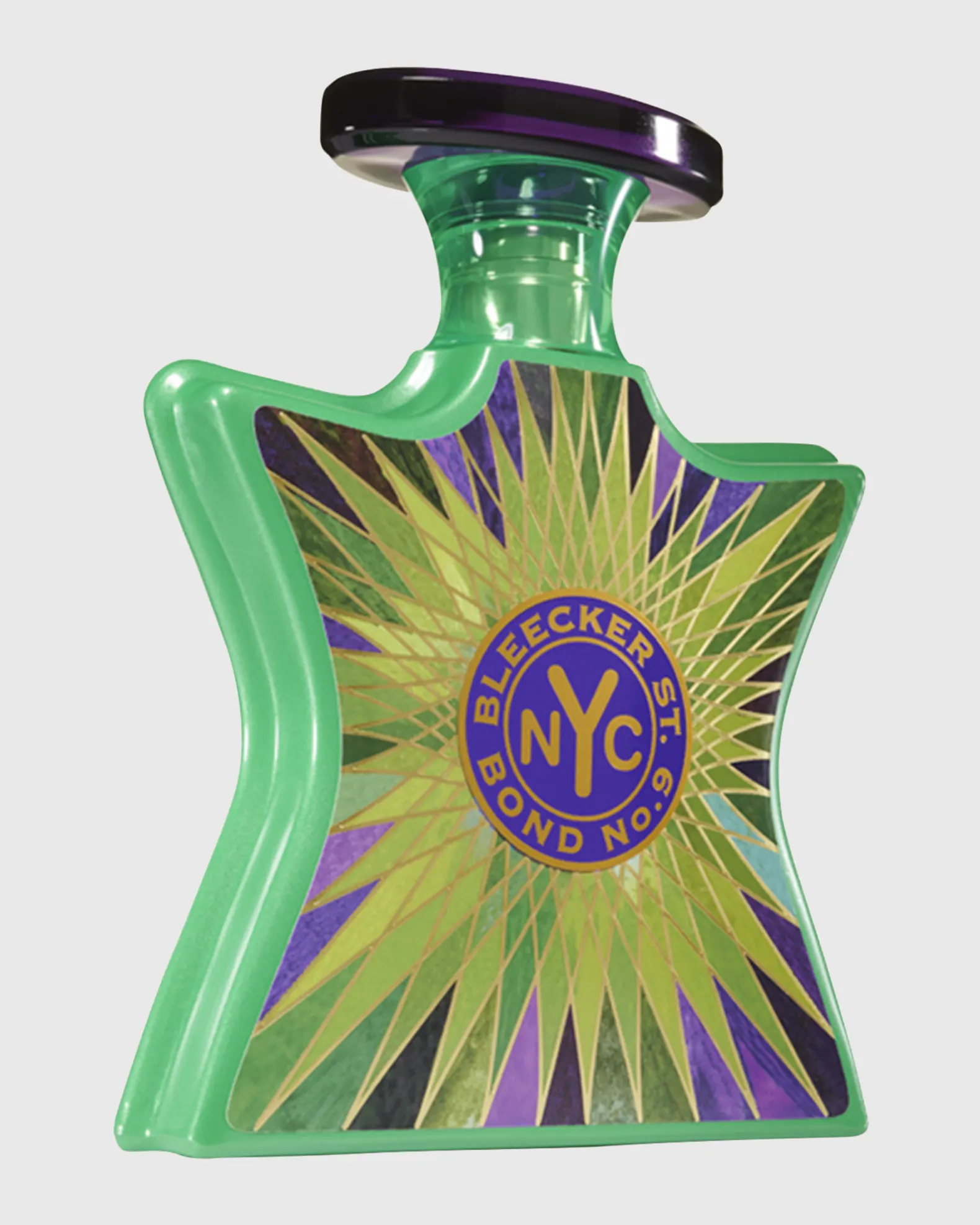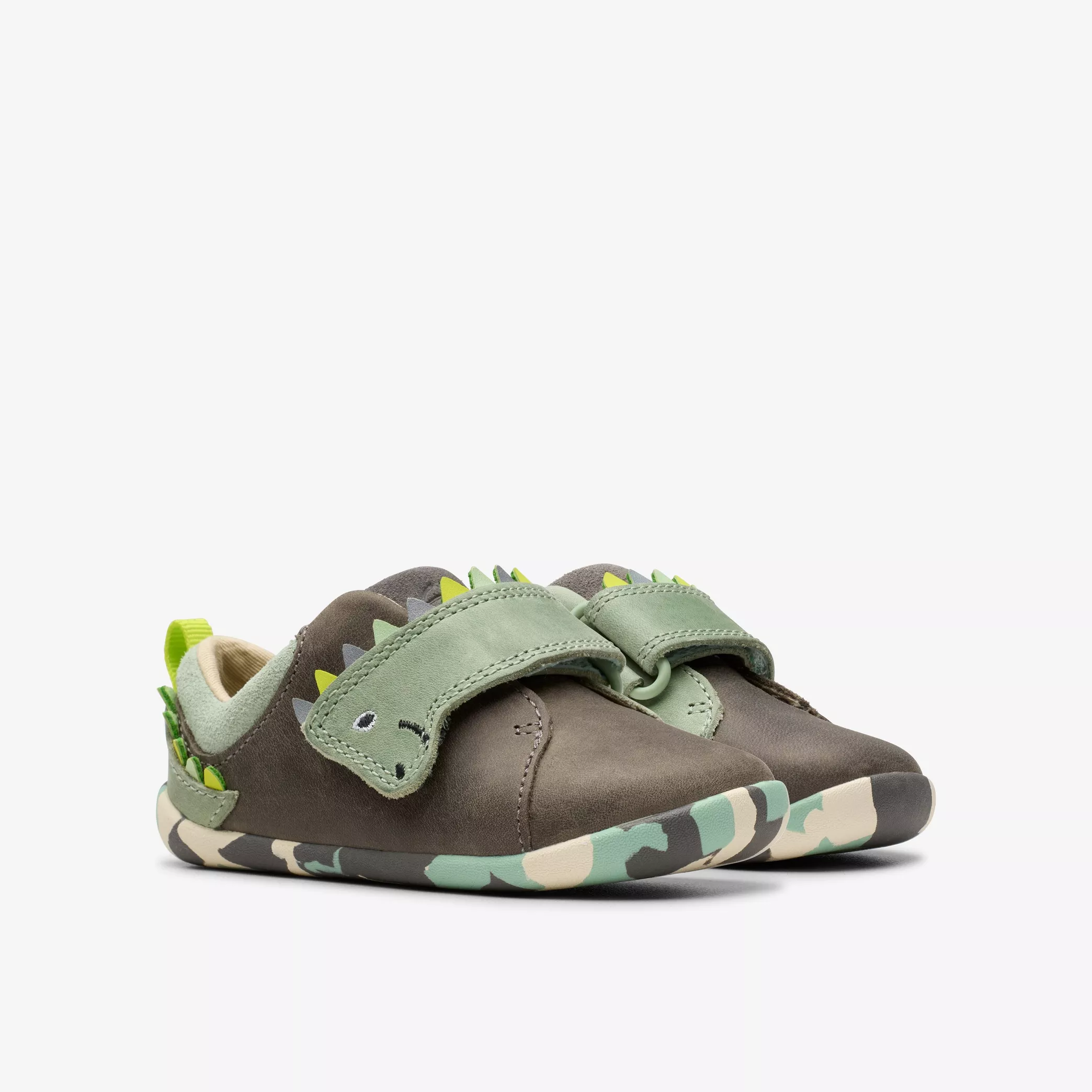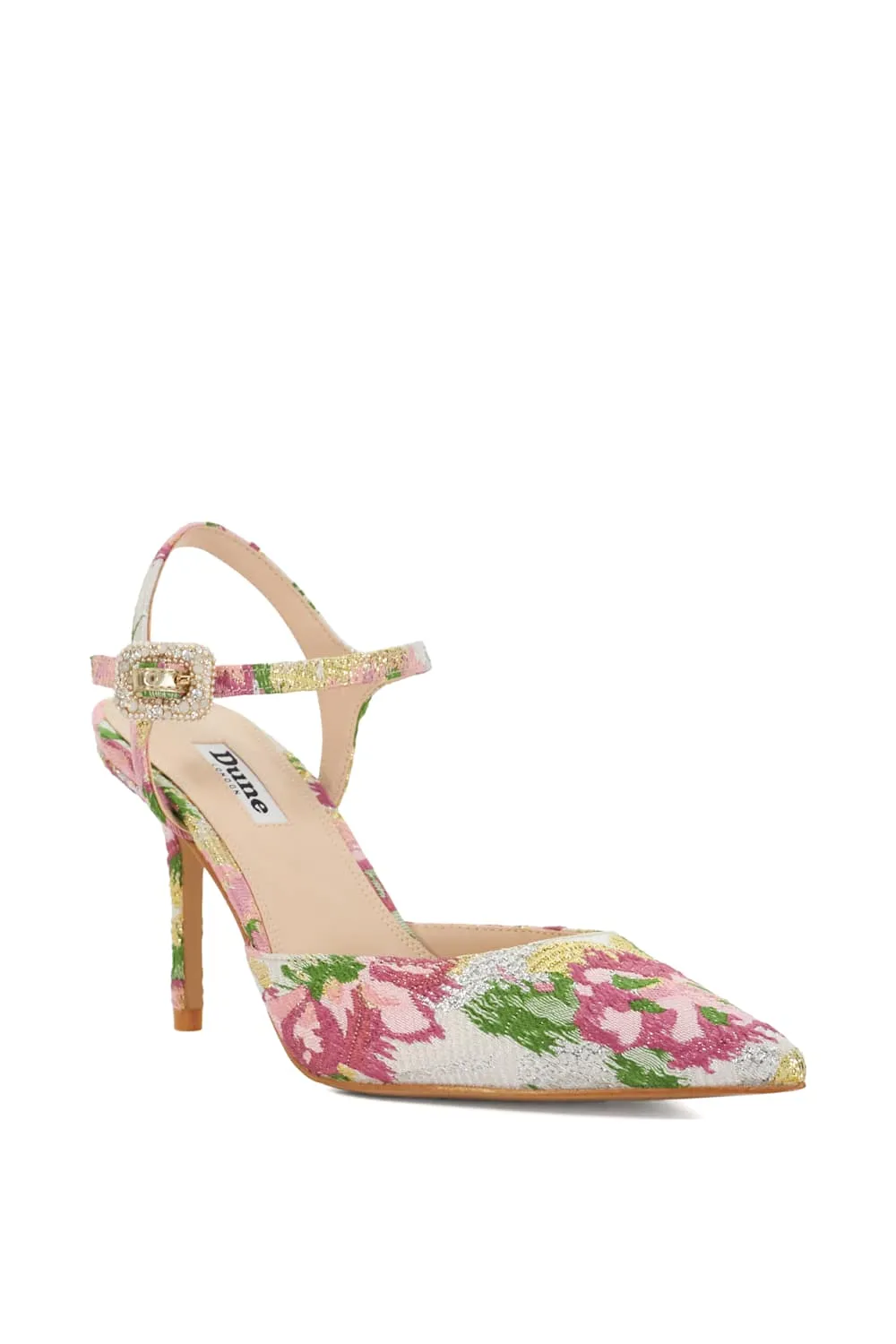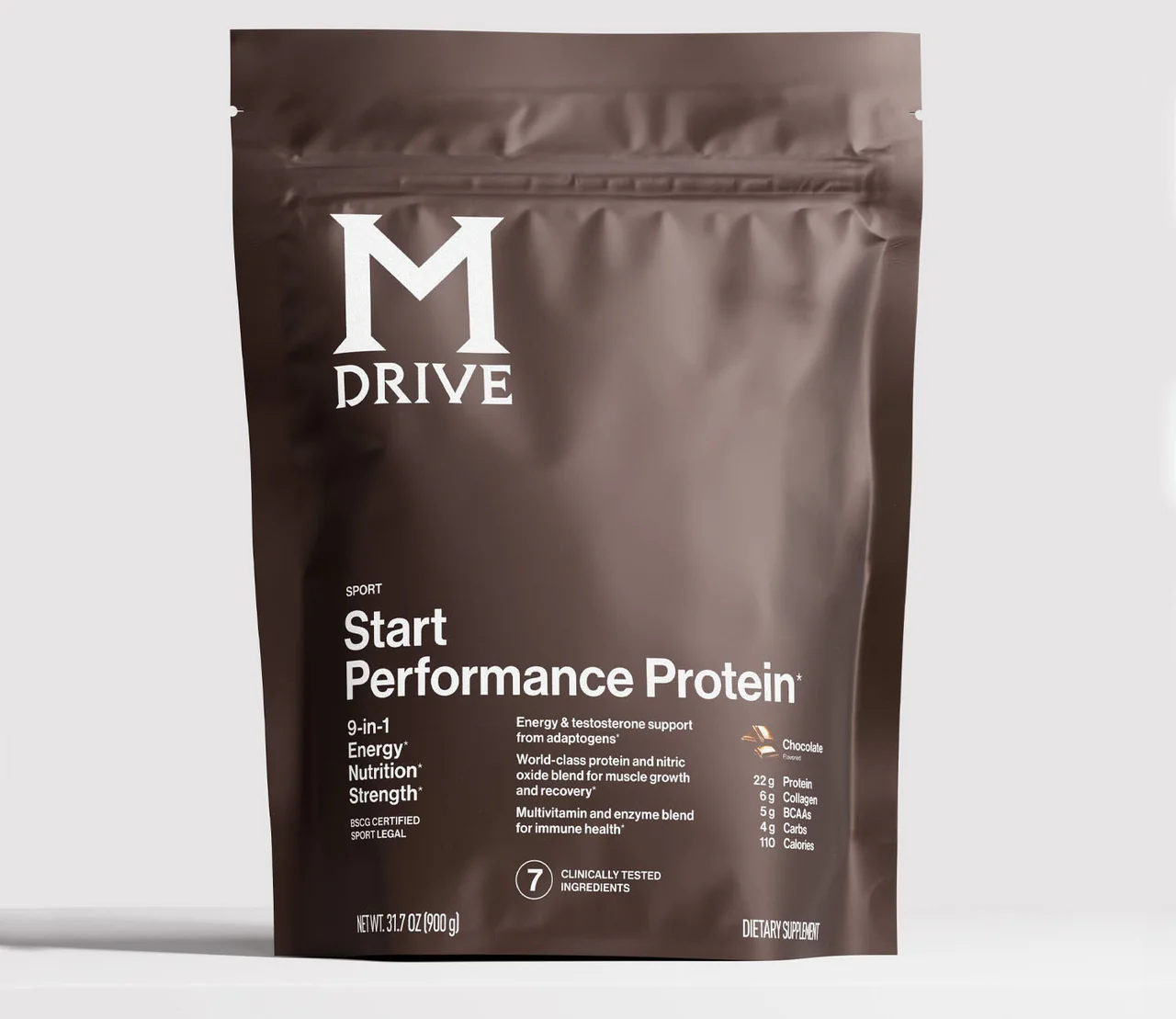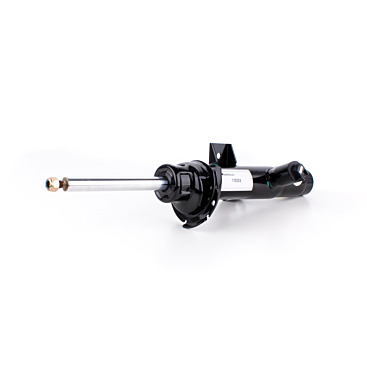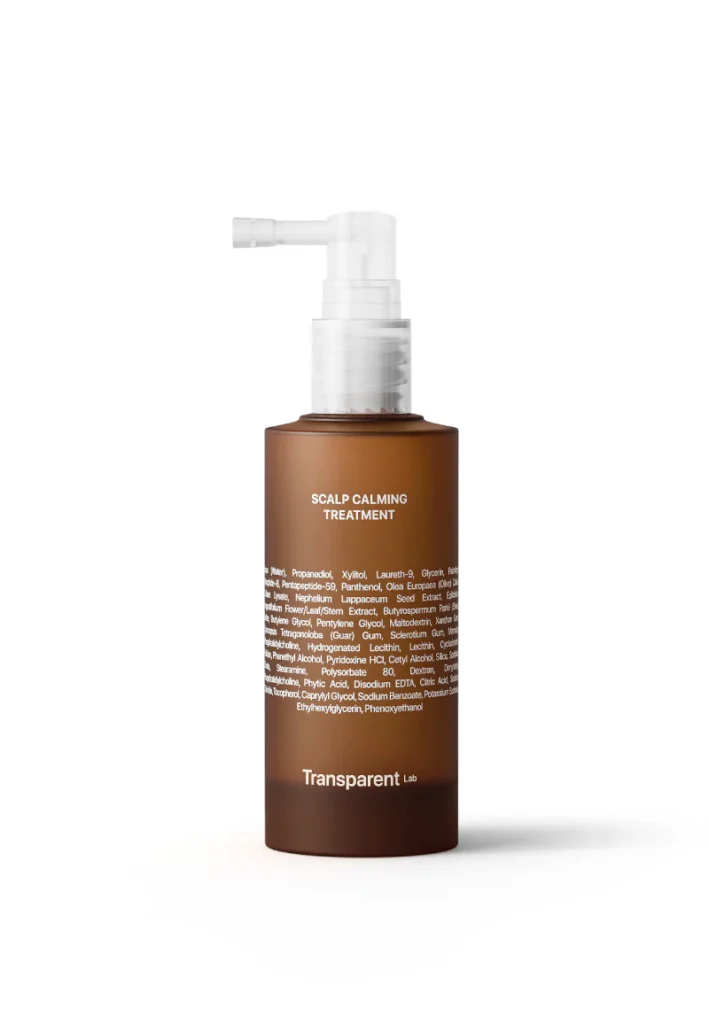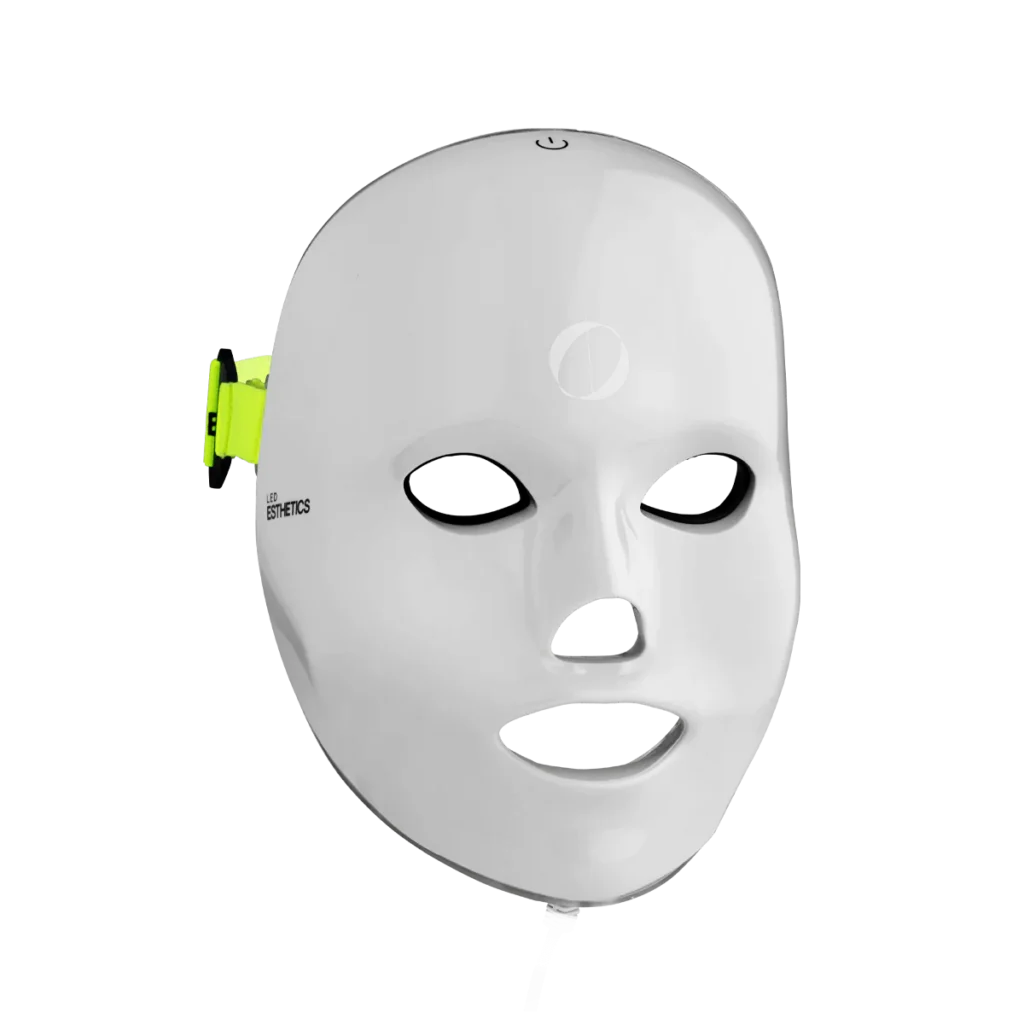If your child’s study corner is a kitchen chair pulled up to a too-tall table, you’re not alone. But seating is the unsung hero of homework: good alignment supports attention, handwriting, and comfort, while poor posture can lead to fidgeting, slumping, and “I’m done” after fifteen minutes. In this guide, we’ll show you how to choose, adjust, and maintain a chair that grows with your child and encourages healthy habits. We’ll use Dayalane Kids Desk Chairs as a practical blueprint: adjustable, supportive, and designed for real-life study sessions, art time, and everything in between.
Shop Dayalane Kids Desk Chairs
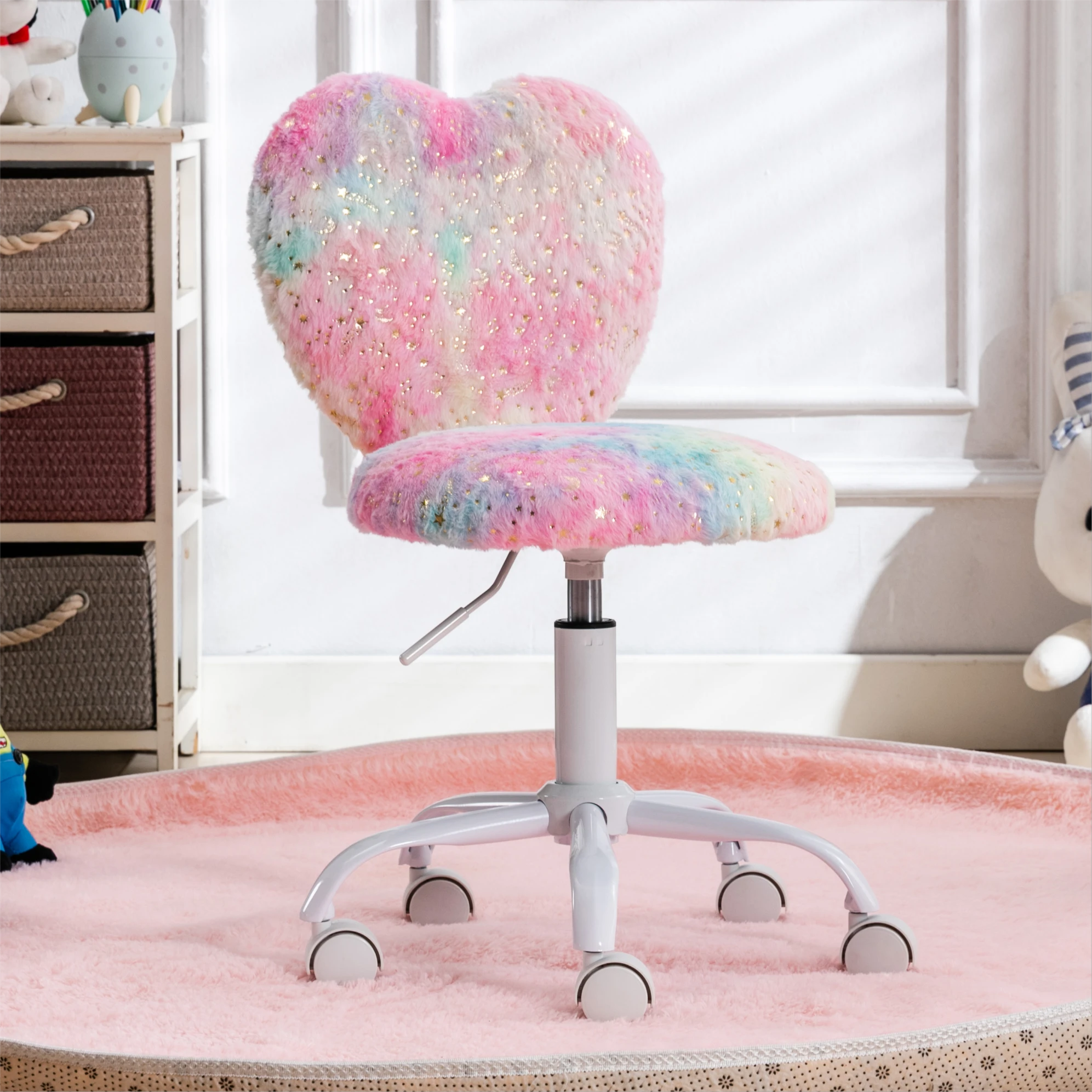
Why Ergonomics for Kids Matters (Even More Than for Adults)
Kids aren’t miniature adults; they’re growing fast, and growth spurts change limb proportions and posture. A chair that adjusts to this moving target helps avoid awkward positions that strain neck and lower back or make fine-motor work (like handwriting) harder than it needs to be. With Dayalane Kids Desk Chairs, you get features that dial in seat height and depth, backrest support, and foot stability—so your child can sit long enough to learn without squirming from discomfort.
The Ergonomic Basics (Kid Edition): Five Alignment Rules
Use this simple checklist when setting up any study seat. It’s quick, visual, and easy to revisit after a growth spurt:
- Feet Planted: Feet should rest flat on a stable surface (floor or footrest). Dangling feet = fidgeting and slouching.
- Knees at ~90–100°: Slightly open hip and knee angles keep blood flow moving and reduce squish at the thighs.
- Hips Back, Back Supported: The child’s hips should touch the back of the seat, with the backrest supporting the natural curve (not forcing it).
- Elbows Near Desk Height: When the shoulders are relaxed, elbows should bend around 90° on the desktop. Raise/lower chair or desk (or add a keyboard tray) as needed.
- Eyes Level with Work: Books and screens should be high enough to avoid constant neck flexion. A bookstand or monitor riser helps; the chair’s job is to make that neutral posture comfortable.
Dayalane Kids Desk Chairs are built to make these five rules easy to achieve and re-achieve as your child grows.
Adjustability That Actually Matters (and How to Use It)
Seat Height: This is the foundation. Adjust until feet are flat and elbows align with the desk. If your desk is fixed and too tall, keep the chair higher for elbow alignment and add a footrest so feet don’t dangle.
Seat Depth (Thigh Support): Ideal depth lets the child sit hips-back with 2–3 fingers of space between the seat edge and the backs of the knees. Too deep forces slouching; too shallow reduces support. Many Dayalane Kids Desk Chairs offer sliding seats to dial this in.
Backrest/Lumbar: A supportive backrest meets the lower back and encourages an upright, relaxed posture. Look for contoured foam or a height-adjustable lumbar pad. Kid-friendly designs from Dayalane keep the curve gentle and forgiving rather than rigid.
Armrests (if present): Arms should rest lightly without elevating shoulders. For writing and art, some parents prefer armless models to keep forearms free; for long reading or device work, adjustable armrests can reduce shoulder fatigue.
Mobility & Swivel: A smooth swivel helps children reach supplies without twisting the spine. Lockable casters or grippy wheels can be useful for younger kids who tend to roll away mid-worksheet.
Shop Dayalane Kids Desk Chairs
Posture + Productivity: How the Right Chair Supports Focus
Comfort is a prerequisite for concentration. When seat height and depth are dialed in, breathing is easier, shoulders are relaxed, and handwriting pressure normalizes—less pressing too hard, fewer hand cramps. With a stable base, kids waste less “brain power” on balancing and more on decoding, recalling, and creating. Dayalane Kids Desk Chairs are designed to reduce fidget-driven posture breaks, giving your child more good minutes per study session.
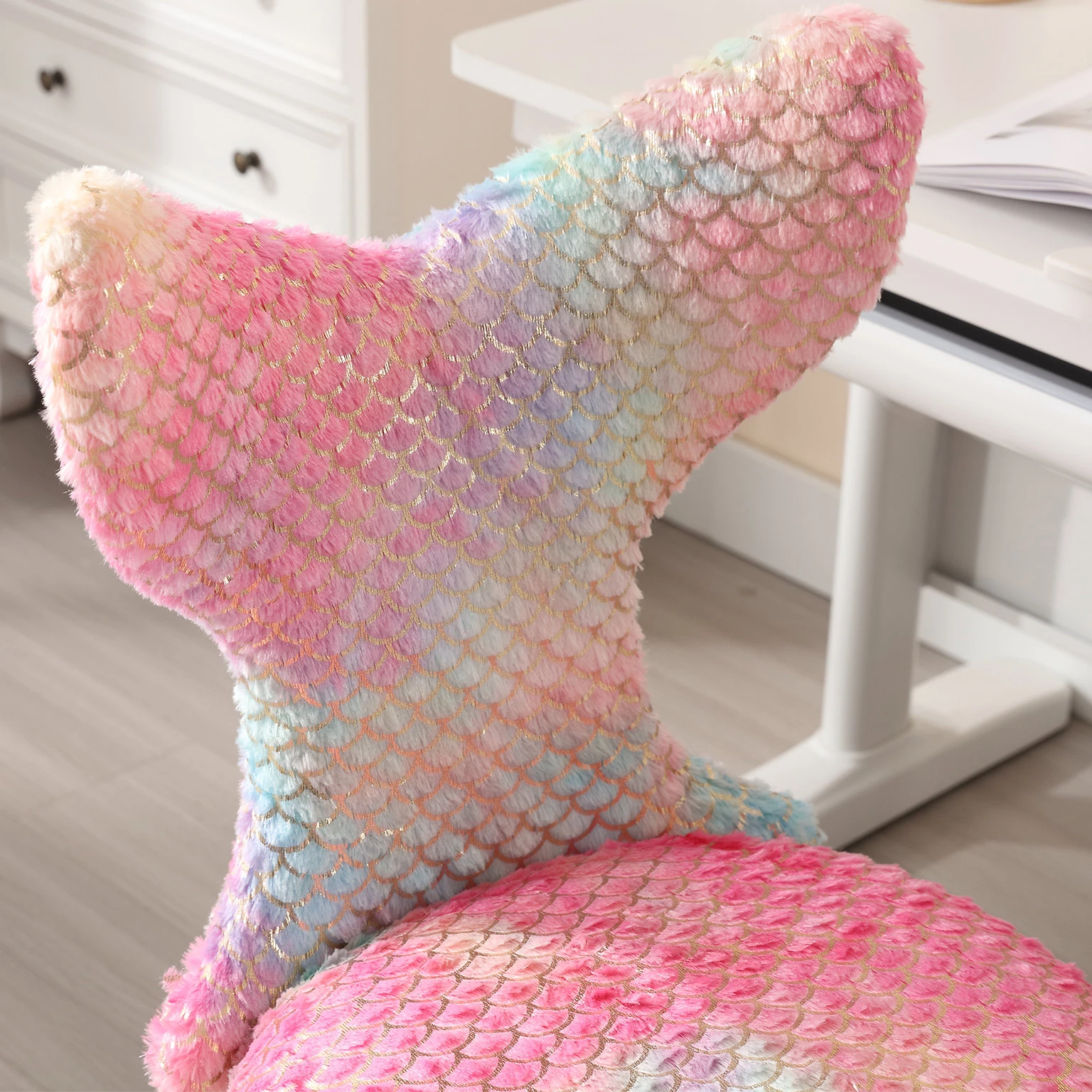
The Study Triangle: Chair, Desk, and Lighting
Your chair doesn’t work alone. Align these three elements:
- Chair: Dial in height and depth, confirm foot support.
- Desk: Top surface should meet relaxed elbows; consider a sit–stand desk for older kids who benefit from variety.
- Lighting: A desk lamp at 45° angles reduces shadows on paper. Place light opposite the writing hand (left-side lamp for right-handed writers, and vice versa).
When the triangle is balanced, reading, drawing, and typing all feel more natural. Dayalane Kids Desk Chairs give you the adjustable anchor for this setup.
Sizing by Age (With Reality Checks for Growth Spurts)
- Ages 4–6: Prioritize foot support and a shallow seat depth. Look for lower minimum seat heights and secure wheels.
- Ages 7–9: Increase seat depth slightly; check elbow-to-desk height every few months. Reading stands help bring books to eye level.
- Ages 10–12: Expect rapid changes. Revisit seat height and depth monthly; consider armrests for longer device sessions.
- Teens: Move toward adult-size ranges, but keep adjustability. Taller backrests and broader seats become relevant.
Because Dayalane Kids Desk Chairs cover wide adjustment ranges, you can often carry one chair across multiple growth phases with periodic tweaks.
Shop Dayalane Kids Desk Chairs
Materials & Build: What to Look For (Durability + Cleanability)
Upholstery: Breathable mesh backs encourage airflow and reduce sticky summer sessions. Fabric or performance-knit cushions should be smooth and pill-resistant; wipe-clean coatings help with markers and glue mishaps. For maximum durability, look for double-stitched seams and dense foams that resist flattening.
Frame & Base: A stable, five-point base prevents tipping and distributes weight evenly. For younger children, consider friction casters or optional glides to reduce rolling games during homework time.
Foam & Contour: Medium-density foam offers comfort without “bottoming out.” Contoured seat pans help promote a neutral pelvis (slight anterior tilt), which aligns the spine naturally—subtle design cues you’ll find across Dayalane Kids Desk Chairs.
One Hybrid Block (Bullets + Guidance): 60-Second Setup Checklist
- Feet flat: If not, lower the chair or add a footrest.
- Knees/hips open: Target 90–100° angles; avoid knees jammed under the desk.
- Seat depth: Hips back; 2–3 finger gap at knee.
- Back support: Lumbar curve meets lower back without pushing ribs forward.
- Elbows/desk: Adjust chair or desk so elbows are ~level with the surface.
- Lighting test: Open a book—no shadows across the dominant hand.
- Fidget plan: Give a textured fidget or wobble cushion only if posture stays aligned; otherwise, keep the base stable.
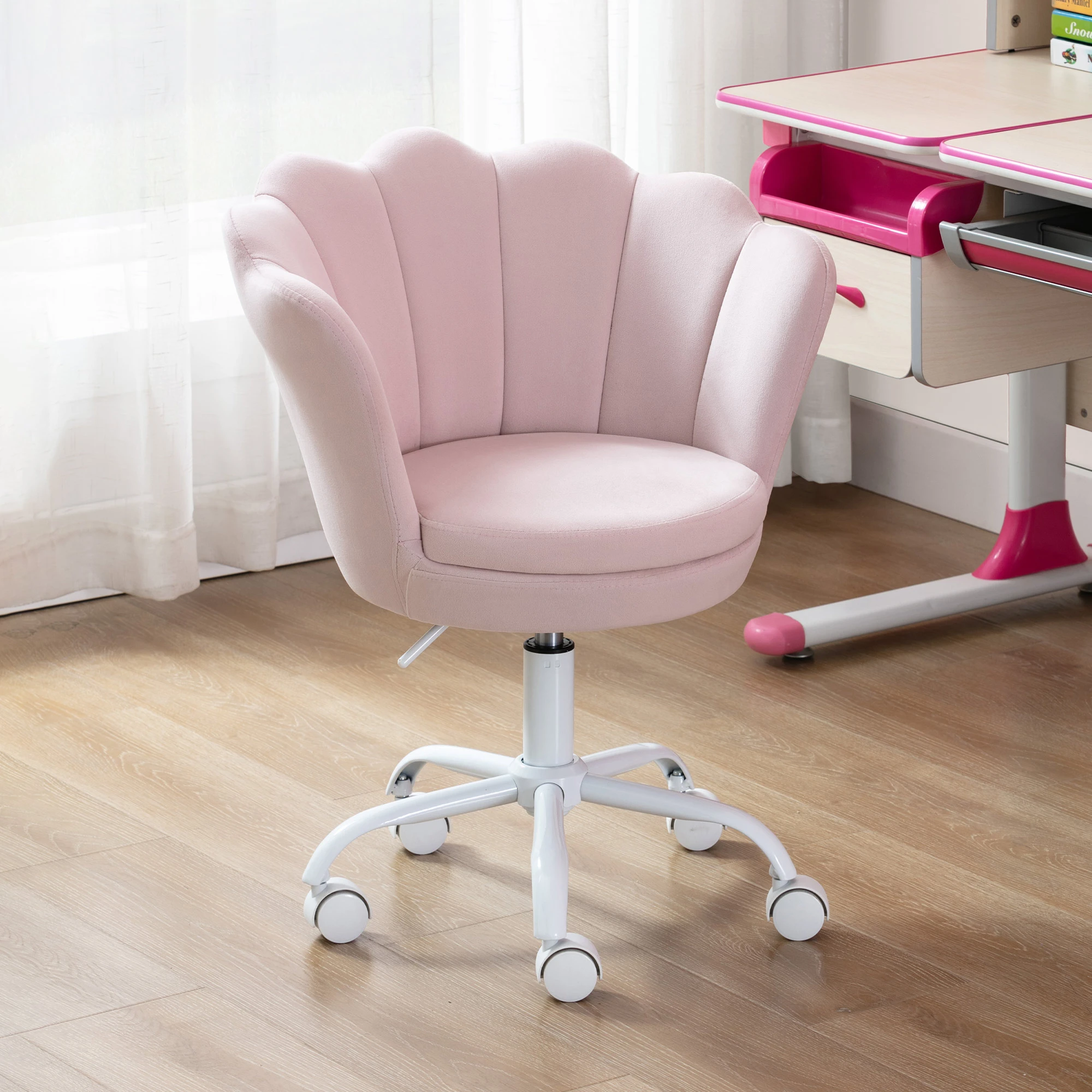
Task Modes: Writing, Reading, Screen Time, Art
Writing/Math: Slightly closer seat-to-desk distance and firm thigh support for handwriting control. Armless seating or low-profile armrests prevent interference with notebooks.
Reading: Recline back a touch and use a bookstand to keep text at eye level. Armrests can help here to reduce shoulder load.
Screen Time: Neutral wrists and elbows, eyes level with the top third of the screen. Use a laptop stand and external keyboard if possible. Chair keeps pelvis neutral to avoid slumping.
Art & Crafts: Protect upholstery with a washable cover and lower the chair marginally for better leverage when drawing or cutting. Wipe-clean fabrics on Dayalane Kids Desk Chairs make cleanup less dramatic.
Micro-Movements: Healthy Motion Without Losing Posture
Static sitting is tiring. Kids benefit from small, controlled movements that keep circulation moving. Look for:
- Responsive seat foam that accommodates subtle shifts.
- Swivel to access supplies.
- Short “movement snacks” every 25–35 minutes—stand, stretch, refill water.
With a well-adjusted Dayalane Kids Desk Chair, these movement breaks are choices, not escapes from discomfort.
Aesthetics & Motivation: Let the Chair Earn Its Place
Kids buy in when the space feels theirs. Colors that match their room, a tidy supply caddy within reach, and a chair that looks like grown-up gear can boost pride and routine adherence. Many Dayalane Kids Desk Chairs pair neutral frames with kid-friendly fabrics—mature enough to last, cheerful enough to invite use.
Shop Dayalane Kids Desk Chairs
Maintenance & Care: Built for Everyday Spills
- Daily: Quick crumb/eraser wipe-down.
- Weekly: Check bolts, caster hair-wraps (it happens!), and wipe armrests/backrest.
- Monthly: Re-check height/depth after a growth spurt.
- Stains: Blot immediately; use a mild soap solution on fabric. Avoid harsh solvents. Mesh cleans with a damp cloth and soft brush.
Durable materials in Dayalane Kids Desk Chairs are chosen for this kind of routine—low drama, long life.
Space-Savvy Small Rooms: Layout Tips
- Desk against a window (side-on): Natural light without screen glare.
- Chair footprint: Measure turning radius; keep a clear zone so the chair doesn’t bump the bed every time they swivel.
- Vertical storage: Pegboards and wall shelves keep supplies off the desktop—and within easy reach from the chair.
In tight spaces, a compact Dayalane Kids Desk Chair with a small base and clean lines can be the difference between clutter and calm.
Real-World Scenarios (Pick Your Learner)
- The Fidgeter: Lockable casters or glides, firm seat foam, and armless design for free forearm movement. Add structured breaks.
- The Artist: Easy-clean upholstery and height that lets elbows float comfortably over the drawing surface.
- The Voracious Reader: Supportive backrest with a soft recline and a footrest to prevent leg dangling during long page-turners.
- The Gamer/Coder: Armrests set low enough to avoid shoulder shrug, eyes aligned with the top third of the screen, and a supportive lumbar to prevent slouch.
Dayalane Kids Desk Chairs adapt to each profile with small, precise adjustments.
Troubleshooting: Fast Fixes to Common Seating Problems
- Slouching: Check seat depth (likely too deep) and raise the work surface or chair so elbows meet the desk. Ensure feet are supported.
- Leg Numbness: Edge pressing behind knees—reduce seat depth or add a shallow wedge cushion.
- Neck Strain: Screen/book too low—raise it; don’t try to fix with chair height alone.
- Rolling Away: Swap to friction casters or add a floor mat; encourage purposeful swivel, not scooting.
- Wiggly Hips: Add a subtle lumbar cue and verify foot support; consider a stable footrest.
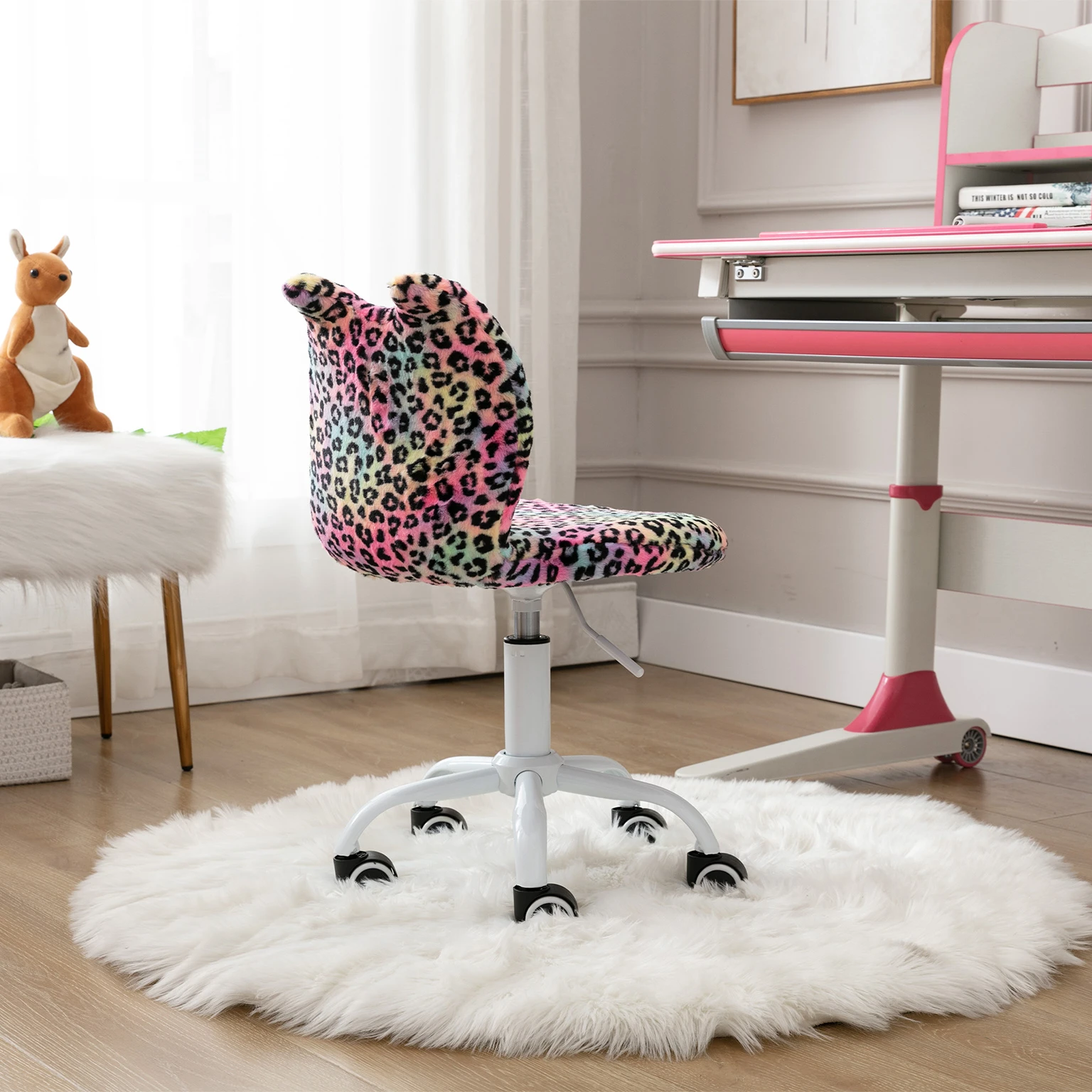
One More Hybrid Block (Bullets + Guidance): Growth-Spurt Refit in 90 Seconds
- Raise seat until elbows align with desk.
- Slide seat so 2–3 finger gap remains at knees.
- Confirm feet flat; add footrest if needed.
- Adjust backrest height/curve to meet lower back.
- Recheck lighting and screen/book height.
- Have your child do 10 big arm circles and then sit—if shoulders creep up, lower armrests or remove them for writing tasks.
Conclusion
A great kids’ study chair is not a luxury; it’s a learning tool. The right adjustability supports healthy posture, the right materials make cleanup easy, and the right footprint fits real bedrooms. Start with feet, knees, hips, then align elbows to desktop and eyes to work. Re-check after each growth spurt. When seating becomes invisible—comfortable, supportive, and quietly adaptable—homework stops being a battle of fidgets and starts being a focused routine. Dayalane Kids Desk Chairs are designed to make that shift simple: durable, adjustable, and kid-approved for the long haul.
Shop Dayalane Kids Desk Chairs
FAQ
- What makes a kids’ chair “ergonomic”?
Adjustability for seat height and depth, real lumbar/back support, a stable base, and materials that maintain comfort and posture over time. - Do I need armrests for homework?
Optional. Armless chairs can improve handwriting freedom; adjustable armrests help for long reading or device sessions—as long as shoulders stay relaxed. - How often should I re-adjust the chair?
At least monthly during growth spurts, or any time you notice feet dangling or shoulders creeping up. - What if our desk is too tall?
Set the chair high enough to align elbows with the desk, then add a footrest for stable feet. This preserves posture without replacing the desk. - Mesh or cushioned back—what’s better?
Mesh improves airflow and encourages upright posture; cushioned backs feel cozy and can add contour. Both are great if the shape supports the lower back. - How can I reduce fidgeting?
Start with alignment (feet, knees, hips). Provide short movement breaks. If fidgets remain, try a subtle wobble cushion only if posture stays aligned. - Is a swivel base safe for younger kids?
Yes, with supervision and the right casters. Consider friction casters or glides to prevent rolling games during tasks. - How do I keep the chair clean?
Use a mild soap solution for fabric, a damp cloth for mesh, and wipe plastic parts regularly. Many Dayalane Kids Desk Chairs are designed with easy-clean surfaces for spill-friendly homes.


